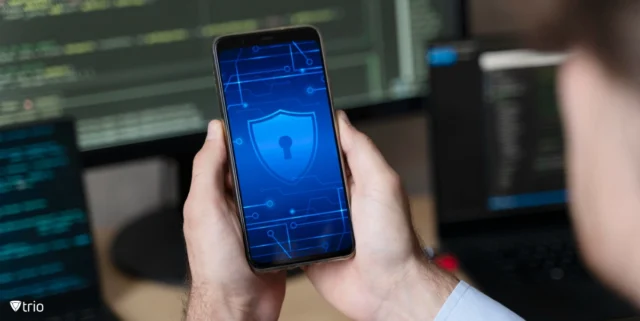In today’s digital age, educational institutions in Agra face unique challenges regarding IT security. With sensitive student data, financial records, and institutional information at stake, it’s crucial for schools, colleges, and universities to implement robust security measures. In this blog, we will explore some of the best IT security solutions that Agra-based educational institutions can adopt to protect their data, maintain compliance, and ensure a safe learning environment.

1. Data Encryption
Protecting Sensitive Information
Data encryption is a vital IT security solution that helps protect sensitive information from unauthorized access. Educational institutions should encrypt student records, financial data, and other confidential information both at rest and in transit. By using encryption tools, schools can ensure that even if data is intercepted, it remains unreadable to unauthorized individuals.
2. Firewalls and Intrusion Detection Systems (IDS)
Blocking Unauthorized Access
Firewalls are essential for safeguarding networks by filtering incoming and outgoing traffic based on security rules. Educational institutions in Agra should deploy advanced firewalls alongside Intrusion Detection Systems (IDS) to monitor network activity for suspicious behavior. This combination helps prevent unauthorized access and provides alerts when potential threats are detected.
3. Multi-Factor Authentication (MFA)
Enhancing User Authentication
Multi-Factor Authentication (MFA) adds an extra layer of security to user accounts by requiring more than just a password for access. Educational institutions should implement MFA for both staff and student accounts to enhance security. By requiring a second form of verification, such as a text message or authentication app, institutions can significantly reduce the risk of unauthorized access.
4. Regular Security Audits and Vulnerability Assessments
Identifying Weaknesses
Conducting regular security audits and vulnerability assessments is crucial for identifying and addressing potential weaknesses in an institution’s IT infrastructure. Agra-based educational institutions should schedule these assessments at least annually or biannually to ensure compliance with industry standards and to proactively address security concerns.
5. Endpoint Security Solutions
Protecting Devices
With the increasing use of personal devices for educational purposes, endpoint security solutions are essential for safeguarding devices that connect to the network. Implementing antivirus software, anti-malware, and endpoint detection and response (EDR) solutions can help protect against threats targeting laptops, tablets, and smartphones used by students and staff.
6. Data Loss Prevention (DLP)
Preventing Data Breaches
Data Loss Prevention (DLP) solutions help educational institutions monitor and protect sensitive data from unauthorized sharing or leakage. By implementing DLP tools, institutions can set policies to control how data is accessed, shared, and stored, thereby reducing the risk of data breaches and maintaining compliance with regulations such as FERPA (Family Educational Rights and Privacy Act).
7. Cloud Security Solutions
Securing Cloud Resources
As many educational institutions migrate to cloud-based platforms for learning management systems, document sharing, and communication, securing these cloud resources becomes essential. Agra-based institutions should adopt cloud security solutions that provide access control, encryption, and compliance monitoring to protect data stored in the cloud.
8. Security Awareness Training
Empowering Staff and Students
Educating staff and students about cybersecurity best practices is a critical component of any IT security strategy. Institutions should conduct regular security awareness training sessions to teach users about phishing attacks, password management, and safe internet browsing habits. By fostering a culture of cybersecurity awareness, institutions can significantly reduce the likelihood of successful attacks.
9. Incident Response Plan
Preparing for Security Breaches
Having a well-defined incident response plan is crucial for educational institutions to respond effectively to security breaches. This plan should outline the steps to take in the event of a security incident, including identifying the breach, containing the damage, and notifying affected parties. Regularly testing and updating the incident response plan can help ensure that institutions are prepared for potential threats.
10. Collaboration with IT Security Experts
Leveraging External Expertise
Agra-based educational institutions may benefit from collaborating with IT security experts to enhance their security posture. Engaging with managed security service providers (MSSPs) can provide institutions with access to advanced security technologies, threat intelligence, and ongoing support to help mitigate risks and respond to emerging threats.
Conclusion
In an era where cyber threats are becoming increasingly sophisticated, IT security solutions are essential for Agra-based educational institutions to protect their data and maintain the integrity of their operations. By implementing a combination of data encryption, firewalls, multi-factor authentication, and regular security training, educational institutions can create a secure environment for both staff and students.


No responses yet